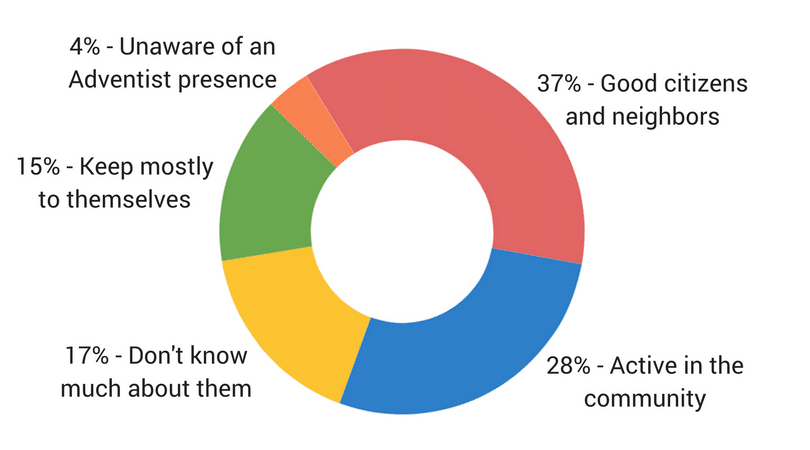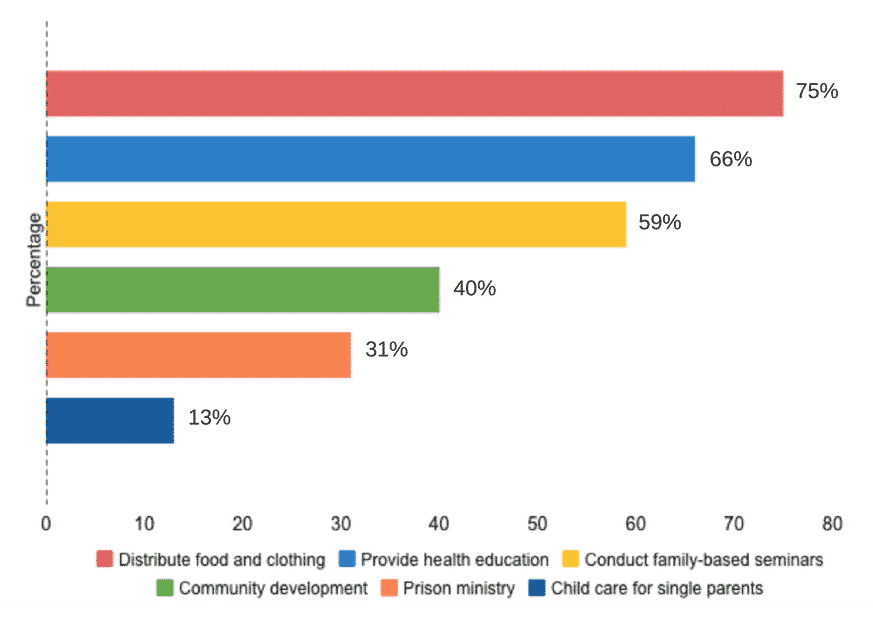Christ’s method alone will give true success in reaching the people. The Saviour mingled with men as one who desired their good. He showed His sympathy for them, ministered to their needs, and won their confidence. Then He bade them, “Follow Me.”
– Ellen White, Ministry of Healing, p. 143
Have you ever stood on one side of a glass door while another friend tried to talk to you from the other side? While it may have seemed comical at first to try to have a conversation, it’s likely that, at some point, it got frustrating. Perhaps you motioned for your friend to open the door and come to your side, or perhaps your friend mouthed, “Come in here!” to you. However, if no one moved and the door stayed closed, then communication was bound to reach its limit sooner rather than later.
This is how interactions with those outside the church can seem at times. Of course it is our desire to bring new people into the Church, but if the door stays closed, the community can only see a glimpse of what “being Adventist” means. If we do not open the door, the church can only peek at the needs of the community, as well.

In a recent global study (ICM, 2013) commissioned by the General Conference of Seventh-day Adventist Church and conducted by Roger Dudley and Petr Činčala, 4,260 Adventist pastors around the world were asked how they believe their local community perceives the local Seventh-day Adventist Church. Thirty-seven percent of pastors indicated that their communities likely viewed their congregation to be good citizens and neighbors, and 28% of pastors indicated that they felt their congregation was perceived as active in the community. However, the remaining 36% of pastors indicated that they felt the local community does not know much about them, feels the church keeps to themselves, or were completely unaware of an Adventist presence.
As part of the same study, pastors were asked how their church reaches out into the community. Three-quarters (75%) of pastors indicate that their churches distribute food and clothing in the community, two-thirds (66%) indicated that they provide health education of some sort, and 59% indicate that they conduct family-based seminars. Other outreach activities included community development (40% of churches utilizing this activity), prison ministry (31% of churches using this activity), and childcare for single parents (13% of churches employing this activity).

Doors work both ways. It is the desire of our church to bring people into the church, but the best way to do that will often be to go outside of the four walls of the local church and be active in the community. This follows the exact example of Jesus. Jesus didn’t just sit around, waiting for people to find Him on their own; He sought out the sick, the weak, the hungry, and the hurting. He met their immediate needs, and only after He had connected with them on a personal level did He invite them to follow Him.
By following the example of Jesus, by throwing open the glass door, by being fearless of getting dirty or being undignified – that is how we can minister to those around us; that is how we can have the biggest impact for the Kingdom! We need the proportion of pastors who think their communities know little or nothing about their church to be much lower than 36%. In order to follow Christ’s method of mission, the church needs more pastors and more local churches to engage in their local communities, showing sympathy to their neighbors, meeting their needs, winning their confidence—and then bidding them “follow Him.” For if we do, we have this promise: “Accompanied by the power of persuasion, the power of prayer, the power of the love of God, this work will not, cannot, be without fruit” (Ministry of Healing, p. 143).
To learn more, you can find the full report here.
Created in collaboration with the Institute of Church Ministry.

